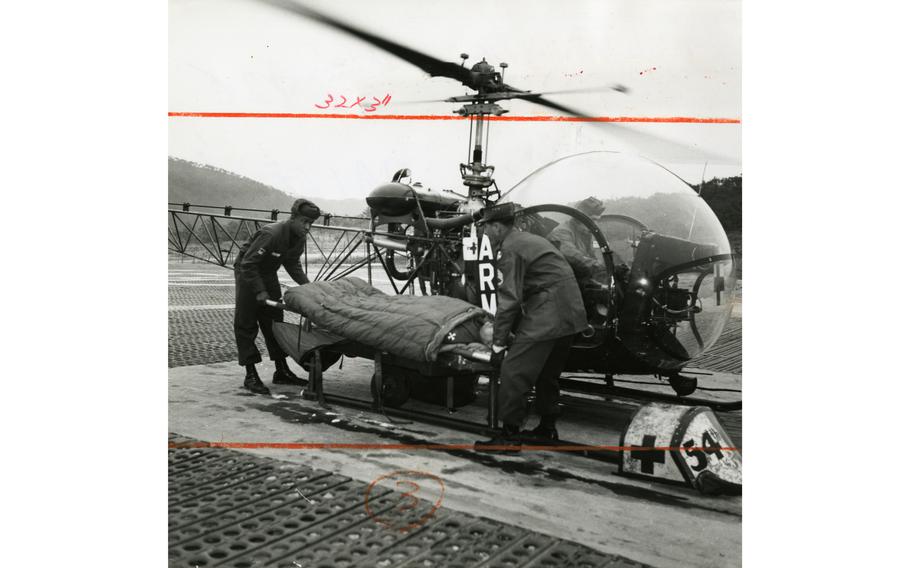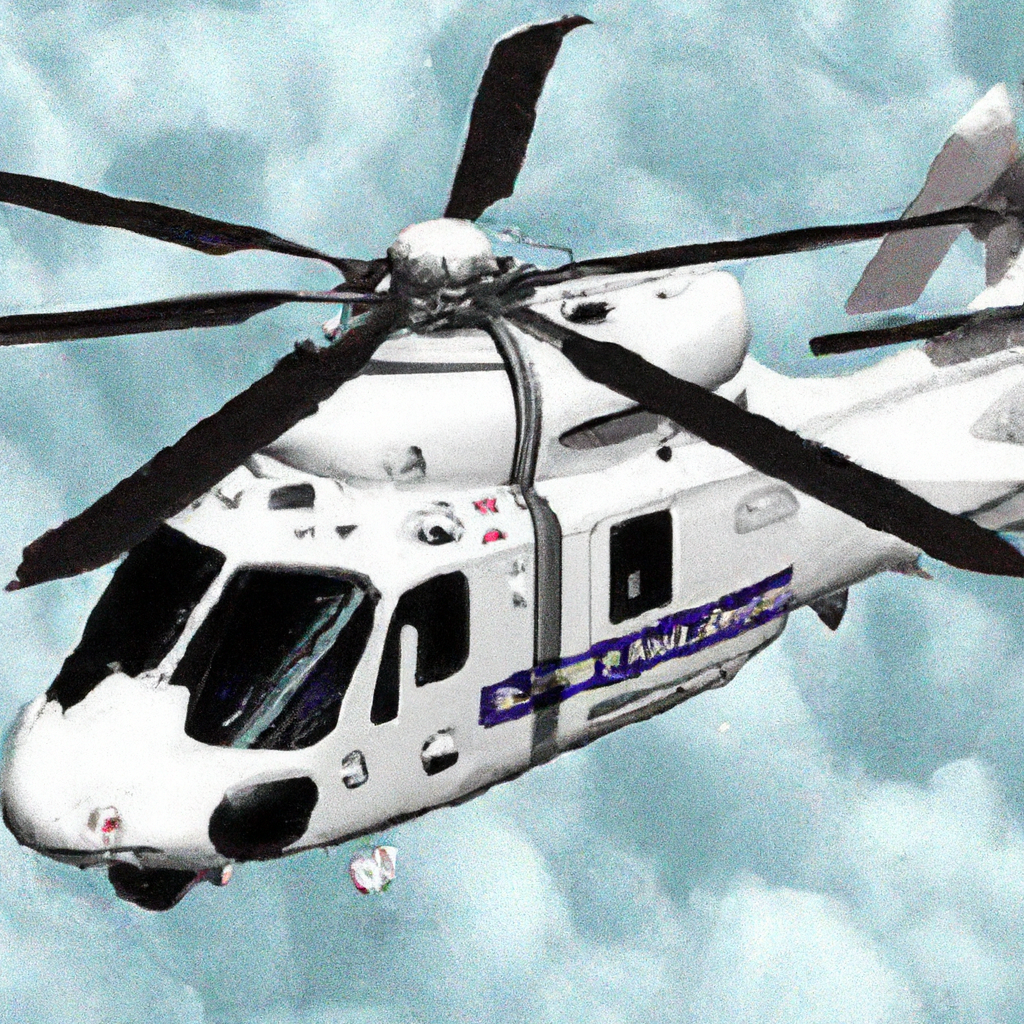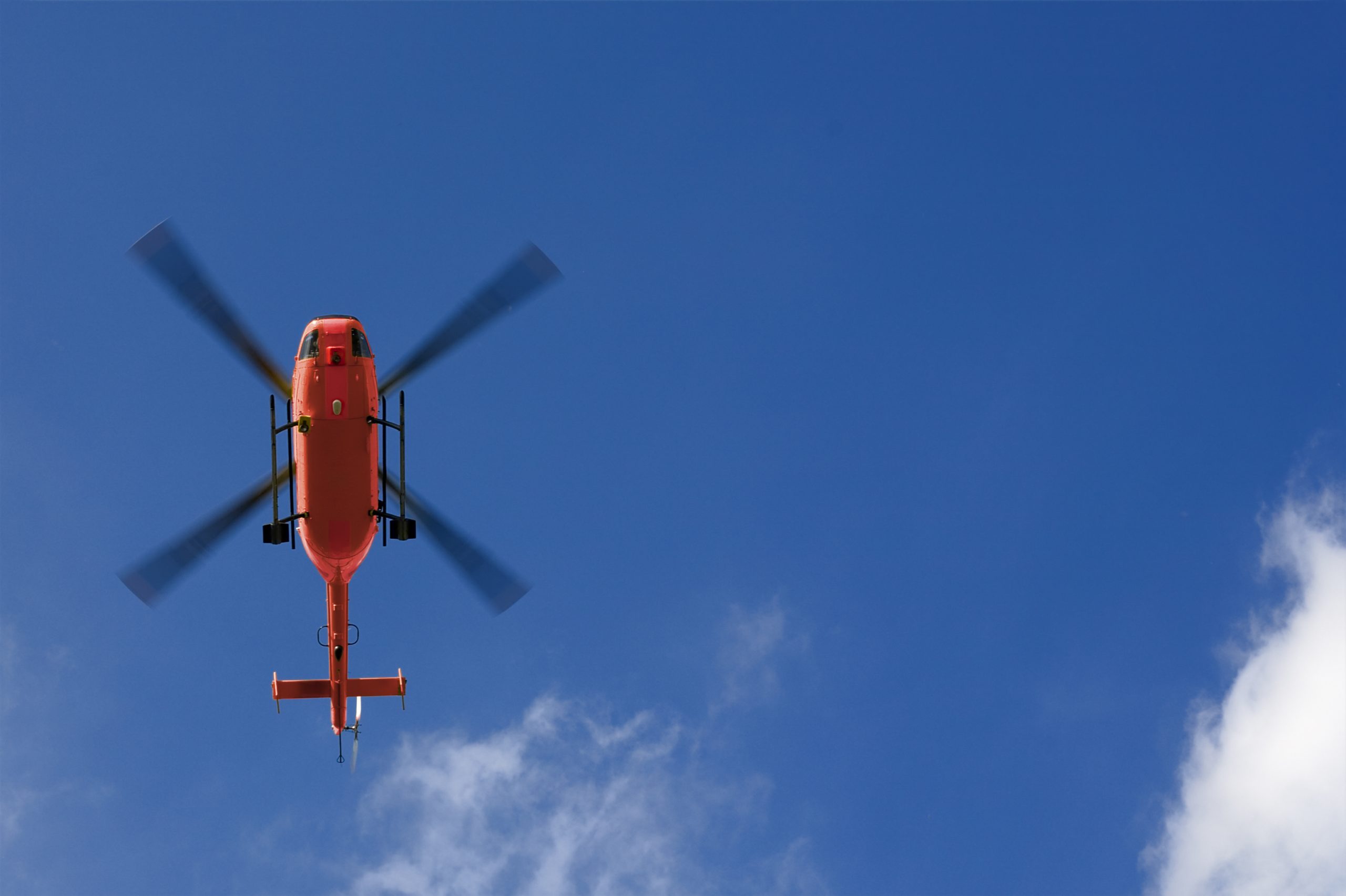So, picture this: You’re in a remote area, far away from any hospital, and someone needs urgent medical attention. Time is of the essence, and traditional ground ambulances won’t make it on time. That’s where air ambulances come to the rescue. These specialized aircraft have revolutionized emergency medical care, providing rapid transport and advanced medical capabilities to those in need. But did you know that air ambulances have their origins in the military? That’s right, these lifesaving aircraft have come a long way, transitioning from their roots in military operations to become an essential part of civilian medical services. In this article, we’ll take a closer look at the evolution of air ambulances, highlighting their transformation from military roots to civilian service. Get ready for an eye-opening journey into the fascinating world of air ambulances!
The Evolution of Air Ambulances: From Military Roots to Civilian Service
Air ambulances have played a crucial role in providing emergency medical services and transporting patients in critical conditions. Over the years, these life-saving vehicles have evolved significantly, and their journey can be traced back to their military origins. From the early days of aerial medical evacuation in World War I to the establishment of civilian air ambulance services, let’s dive deep into the fascinating history and development of air ambulances.

Introduction to Air Ambulances
Air ambulances, also known as aeromedical services, refer to the use of aircraft to transport patients in need of urgent medical care. These specialized vehicles are equipped to provide advanced medical treatment and rapid transportation, making them essential in situations where ground transportation may not be feasible or timely enough. While air ambulances are commonly associated with modern rescue operations, their roots can be traced back to military usage.
Early Military Use of Air Ambulances
1.1 Aerial Medical Evacuation in World War I
The concept of using aircraft for medical purposes was first explored during World War I. As the nature of warfare evolved and the use of mechanized weaponry increased, medical personnel faced the challenge of evacuating injured soldiers quickly and efficiently. This led to the emergence of aerial medical evacuation, where wounded soldiers were transported by aircraft from the frontlines to hospitals or field stations for immediate medical attention. The introduction of air ambulances in World War I greatly reduced the time it took to transport injured soldiers, ultimately saving numerous lives.
1.2 Advancements in Aerial Medical Evacuation during World War II
Building upon the lessons learned from World War I, aerial medical evacuation saw significant advancements during World War II. With the introduction of helicopters and more advanced fixed-wing aircraft, medical teams were able to operate more efficiently and reach inaccessible areas more quickly. These advancements in technology allowed for the transport of patients directly from the battlefield to specialized medical facilities, reducing the time between injury and medical treatment. The success and effectiveness of these initiatives during the war paved the way for the development of civilian air ambulance services.
Transition to Civilian Air Ambulance Services
2.1 The Birth of Civilian Air Ambulances
The establishment of dedicated civilian air ambulance services can be credited to the post-war period. As military aviation technology and practices were adapted for civilian use, the benefits of air transportation in medical emergencies became apparent. The high-speed transport and advanced medical capabilities provided by air ambulances led to their adoption in civilian settings. Initially, these services were primarily limited to areas with limited ground transportation options or for inter-hospital transfers of patients requiring specialized care.
2.2 The Importance of the Korean War in Civilian Air Ambulance Development
The Korean War served as a turning point in the development of civilian air ambulance services. The need to evacuate large numbers of wounded soldiers from the Korean Peninsula to hospitals in Japan brought to light the importance and effectiveness of air transportation in medical emergencies. The success of these operations resulted in increased public awareness and support for civilian air ambulance services, leading to their expansion in various parts of the world.
2.3 The Vietnam War and the Expansion of Civilian Air Ambulance Services
The Vietnam War further accelerated the growth and evolution of civilian air ambulances. The challenging terrain and the need to quickly transport injured soldiers to specialized medical facilities demanded the use of helicopters for medical evacuation. This led to the development of dedicated helicopter air ambulance services, popularly known as “medevacs.” These helicopters were equipped with advanced medical equipment and staffed by highly trained medical personnel, capable of delivering critical care while in transit.
The success of medevac operations during the Vietnam War showcased the impact and importance of air ambulances, not only in military settings but also in civilian emergency medical services. This realization prompted many countries to invest in and establish structured air ambulance systems, ensuring timely and efficient medical transportation for critically ill or injured patients.

Conclusion
The evolution of air ambulances from their military roots to civilian service has revolutionized emergency medical care. From World War I to the present day, these life-saving vehicles have come a long way, driven by the need to provide rapid medical evacuation and advanced care. The experiences gained from wartime medical operations have contributed to the development of civilian air ambulance services, saving countless lives during medical emergencies. As technology continues to advance, air ambulances are poised to play an even more critical role in delivering time-sensitive medical interventions, bridging the gap between life and death.




